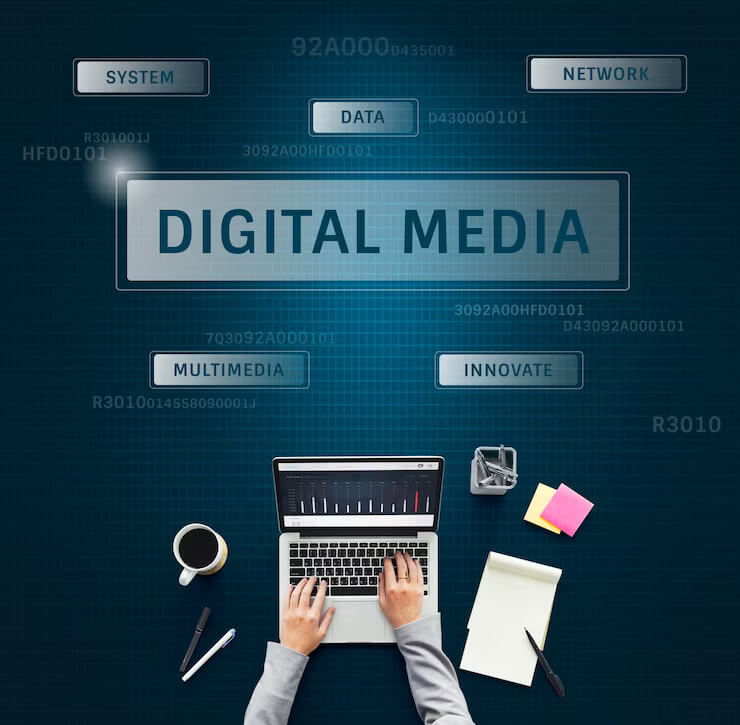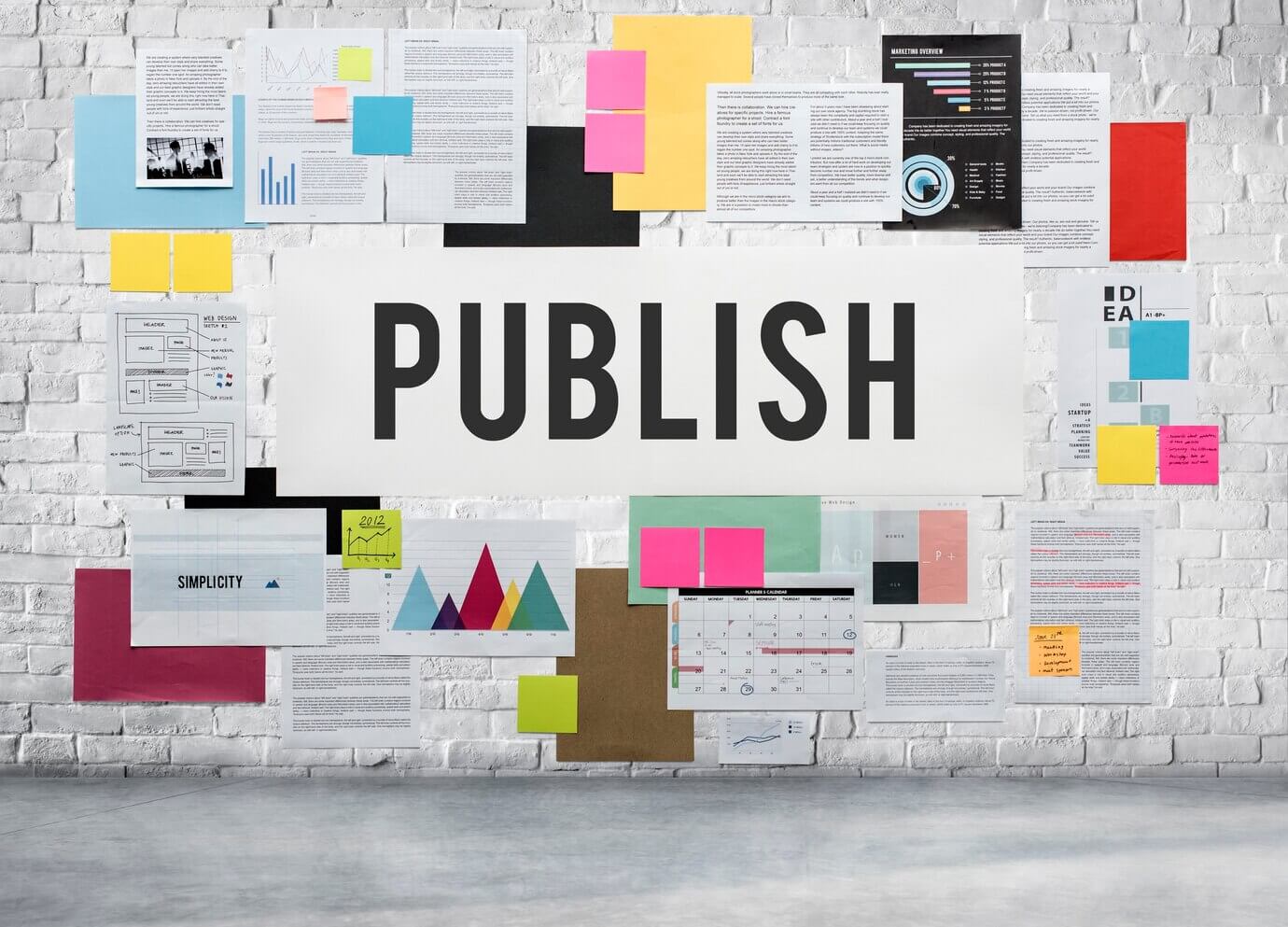Content Distribution Strategy: What is it & Why It's Important
-
Owned Content Distribution channel
Owned channels are the content properties and channels that are controlled by your company or organization. Such as blogs, websites, landing pages, social media profiles, or mobile publishing apps.
-
Earned Content Distribution Channel
Earned channels belong to third parties who have shared and distributed your content through press coverage, retweets or shares, product reviews, or mentions.
-
Paid Content Distribution Channel
When your company pays for content distribution or promotes your content on specific channels it is called paid channels. Examples of paid channel platforms include paid ads, social media ads, sponsored content, etc.
-
Audience Research
Understanding your target audience is the best content distribution strategy. Know their preferences, behavior, and where they spend their time online.
-
Content Types
Decide what types of content work best for your audience. This might include blog posts, videos, infographics, podcasts, or a combination.
-
Different Channels
One of the content distribution strategy examples is Utilizing various platforms, including social media, email marketing, your website, and third-party platforms.
-
SEO Optimization
Ensure your content is optimized for search engines to increase its visibility in search results.


-
Paid Promotion
Consider using paid advertising to reach specific demographics and amplify your content's reach.
-
Collaborations
Partner with influencers, other businesses, or industry experts to expand your reach.
-
Timing and Consistency
Release content when your audience is most active, and maintain a consistent posting schedule.
-
Performance Monitoring
Use analytics tools to track engagement, and audience behavior, and adjust your strategy as needed.
-
Quality over Quantity
High-quality content is more likely to be shared and trusted by your audience.
-
Cutting Through the Noise
The internet is full of content. Without a content marketing distribution strategy, your content may get lost in the digital noise. A well-thought-out strategy ensures your content stands out.
-
Maximizing ROI
Creating content is an investment. best content distribution strategy ensures you get the most out of that investment by reaching a larger and more engaged audience.
-
Building Authority
Consistently delivering valuable content builds your authority in your field. A content marketing distribution strategy ensures your content is seen and trusted by your target audience.
-
Improving SEO
Search engines favor fresh, relevant, and shareable content. A strong content distribution strategy ensures your content gains more shares and backlinks, which positively impacts your SEO efforts.
-
Engaging Your Audience
To distribute content well, customize it for different platforms and target groups. This personalized method keeps your audience engaged and builds loyalty.

Additionally, directly seek feedback from your customers, and inquire about their challenges, needs, and perspectives on your current content.
-
Document your content:
Use a tool like Screaming Frog to collect all your content, including URLs, titles, and descriptions.
-
Analyze content impact
Tools like SEMRush can provide insights into content length, social shares, and backlinks. This data helps identify content that needs updating, revision, or removal.
-
Identify content gaps
Discover gaps in your content using the Ahrefs Content Gap tool or perform keyword research to find new keywords or phrases to enhance your content. This can improve its search engine ranking and visibility.
To Draw a conclusion
Latest blog :-

Top 40 New Year Greetings for Employees: Igniting Team Spirit
Top 40 New Year Greetings for Employees: Igniting Team Spirit
Top 40 New Year Greetings for Employees: Igniting Team Spirit Every year comes with a glimmer of hope and positive energy. New Year is the best time for you to

Difference Between Digital Marketing and Traditional Marketing: Which is Best For You?
Difference Between Digital Marketing and Traditional Marketing: Which is Best For You?
Difference Between Digital Marketing and Traditional Marketing: Which is Best For You? There are several ways to capture the audience’s attention, and marketing is one of them. Marketing helps businesses

ChatGPT Vs Bard: Exploring the Differences in 2024
ChatGPT Vs Bard: Exploring the Differences in 2024
ChatGPT Vs Bard: Exploring the Differences in 2024 ChatGPT and Bard are the most trending AI tools that are getting the most buzz, and organizations want to know which one

A Marketer’s Dream: The 10 Best AI Tools for Digital Marketing
A Marketer’s Dream: The 10 Best AI Tools for Digital Marketing
A Marketer's Dream: The 10 Best AI Tools for Digital Marketing Artificial intelligence (AI) came out as one of the hottest technology trends in 2023. The use of artificial intelligence

Content Distribution Strategy: What is it & Why It’s Important
Content Distribution Strategy: What is it & Why It’s Important
Content Distribution Strategy: What is it & Why It's Important In a world of digital marketing, creating great content is just half the battle. To truly make an impact, You
